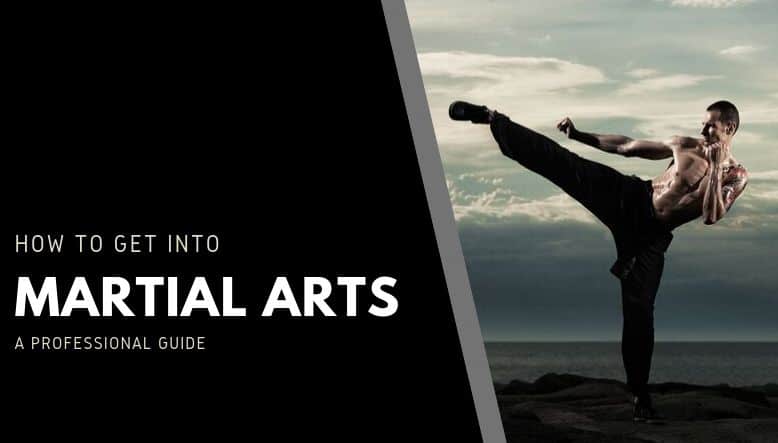
The term “martial arts” covers a broad range of sports. All of them require some degree of physical fitness and the ability to think quickly but strategically. Each of them, however, has its own unique characteristics and there is a such a range and variety of them that there is sure to be something to suit everyone regardless of your age or physique.
Martial arts really are for (almost) all ages
The minimum age for starting martial arts would typically be around four to six, depending on the child. Basically, a child needs to have a reasonable level of physical coordination and a sufficient level of mental focus in order to get any benefit from a class. After that, you can start martial arts at any age and continue with them literally for a lifetime. If one form of martial art starts to get too strenuous for you, you can switch to another.

Martial arts require practically nothing in the way of equipment
You can get started in martial arts with just some basic gym clothes and maybe some protective equipment. Martial-arts classes and clubs however will often have protective equipment for beginners to borrow so they can “try before they buy”.
If you decided to stick in at martial arts, then you’ll need the necessary clothing and you’ll probably want your own protective equipment. If you get really serious you may then want the sporting equivalent of traditional weapons such as nunchucks (but this will depend on your discipline).
The one “big-ticket” purchase you might want to make is a punching bag. This will, however, depend on your chosen martial art and will only apply if you decide you want to train seriously at home. Punching bags are certainly investment purchases, but they are still fairly affordable and a good one will last a very long time.
MARTIAL ARTS CAN BE DIVIDED INTO FIVE (OR SIX) MAIN STYLES
Even though there is massive variety in the martial arts, all of them can be fitted into one of five (or six) main groups.
Striking or Stand-Up Martial Arts Styles
This is what you might call your classic “streetfighter” style. It’s all about blocking, kicking and punching and places a high emphasis on mobility.
- Boxing
- Capoeira
- Karate
- Kickboxing
- Krav Maga
- Kung Fu
- Muay Thai
- Taekwon-Do
- Tang Soo Do
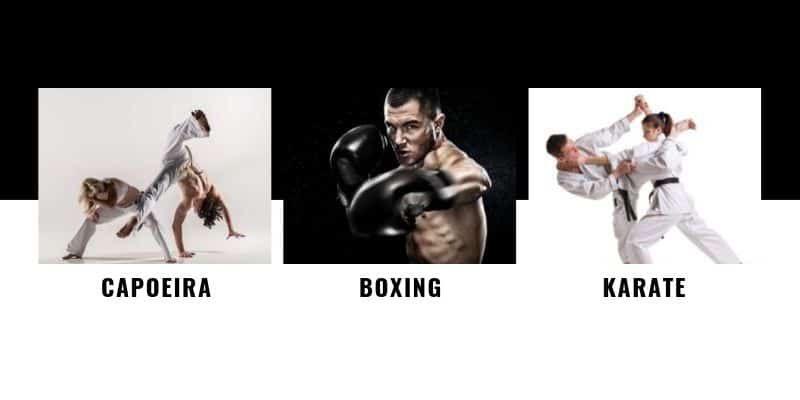
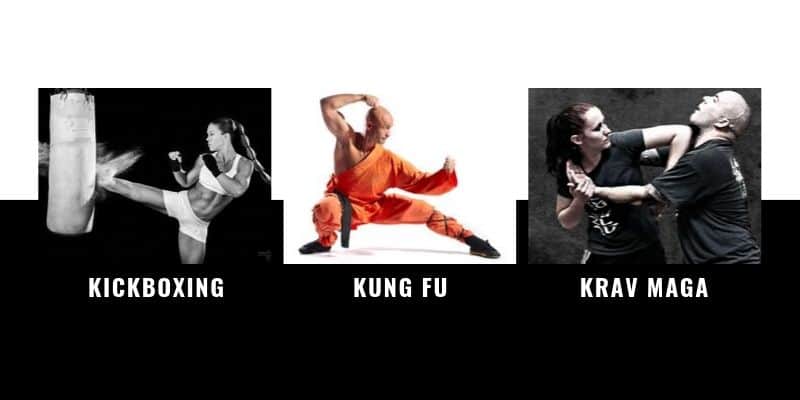
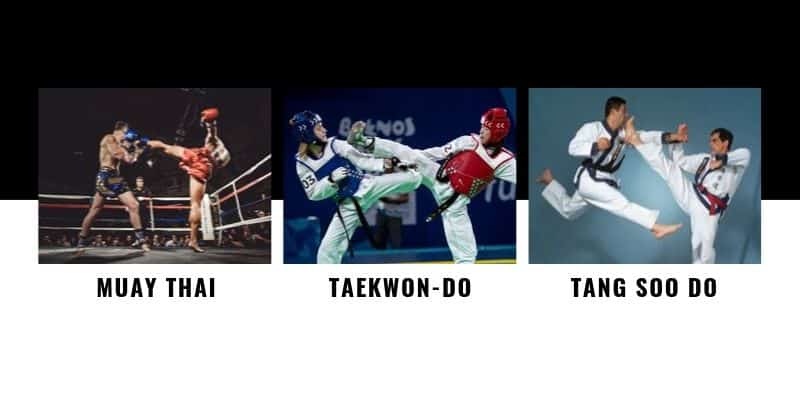
Grappling or Ground-Fighting Styles
This style is all about trying to force your opponent onto the ground and keep them there. These styles favour physical strength and stamina.
- Brazilian Jiu-Jitsu
- Catch Wrestling
- Ju-Jitsu
- Luta Livre
- Russian Sambo
- Sumo
- Wrestling
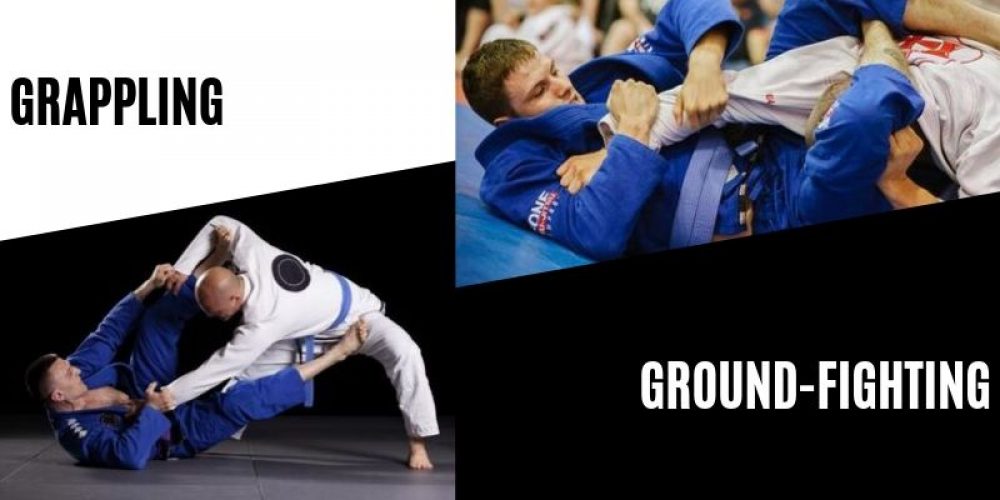
Throwing or Takedown Styles
This style is about literally throwing your opponent to the ground. Strength is helpful, but so is speed, skill and strategy.
- Aikido
- Judo
- Hapkido
- Shuai Jiao

Weapons-Based Styles
Many martial arts involve some degree of weapons training, but a few styles are specifically focussed on weapons.
- Iaido
- Kali
- Kendo

Low-Impact or Meditative Styles
These styles are where yoga meets martial arts, but these styles still deserve to be taken seriously. You might find yourself very surprised by just how much effort it takes to master them.
- Baguazhang
- Chi Gong-based styles
- Tai Chi
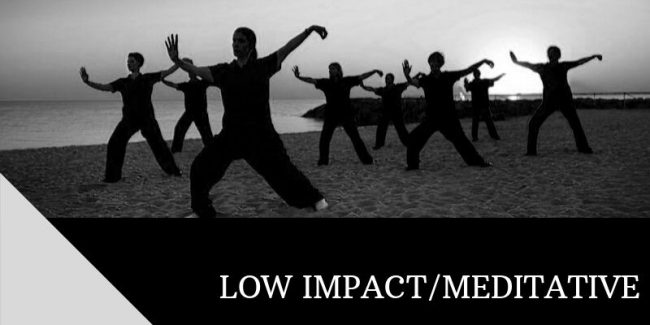
Hybrid martial arts
This is the questionable sixth category. Just about every martial arts style uses elements of other styles, sometimes to a high degree. For example, judo is, technically, a throwing style, but a lot of schools also teach the grappling skills used in jujitsu.
Over recent years, there has been an increasing trend of martial-arts schools picking and choosing elements from different martial-arts forms and blending them together for fun, fitness and sometimes self-defence. Some of these have now become established forms and may (or may not) constitute a new, sixth, category. You decide.
- Mixed Martial Arts (MMA)
- Jeet Kune Do
- Ninjutsu
- Shootfighting

Understanding “jitsu” versus “do”
You might have noticed that quite a few martial arts have names ending in either “jitsu” or “do”. These terms come from Japanese. The suffix “jitsu” indicates that the focus of the teaching is on practical, combat skills while the suffix “do” indicates that the focus of the teaching is on personal development. Hence “jujitsu” and “judo” are basically the same martial art, they just focus on different aspects of it.
Choosing the right martial art for you
Martial arts is that they are so popular that you are almost guaranteed to find a choice of classes near to you - even if you live outside of a major city or even a large town. This means that, in principle, you can choose the right martial art for you just by trying out a few classes and seeing how you feel about them. Alternatively, you can think about your needs and wants and then decide which style(s), or specific form(s) would be the best match for them.
There are many reasons for wanting to get into martial arts, but probably the five most common are:
- Self-defence
- Physical fitness
- Personal development
- Competition
- Career prospects
Learning martial arts for self-defence
Let’s be real about this. Your first line of self-defence is to think ahead so you can anticipate potential threats and take action to evade them. Your second line of self-defence is to stay alert and aware of your surroundings so you can anticipate potential threats and take action to evade them. Much of this is basic common sense, although martial-arts strategy may be helpful.
Contrary to what some films like to suggest, martial-arts skills will not protect you against the worst modern society can do and even if they did the smart move would still be to do whatever you could to avoid trouble in the first place. In fact, you could make a fairly strong case for arguing that, these days, the single, biggest, real-world benefit of martial arts is that they keep you fit enough to run away from trouble.
Having said all that, some martial arts can be helpful in defending yourself against what might be called “opportunistic threats”, basically people looking for soft targets, who might think twice about picking a fight with someone who looked like they could handle themself or who, if they do, are likely to back off quickly if somebody fights back.
Striking, grappling and throwing styles can all be useful for self-defence. Your choice will probably come down to a combination of availability and the specifics of your personal situation. For example, if you live in a city then striking styles might not be your best option as they often require freedom to move. Grappling and throwing styles could be a better bet. Having said that, if you are naturally fast and agile, then you might want to maximize these advantages, in which case a striking style could be the right choice for you.

Learning martial arts for physical fitness
All martial arts will improve your physical fitness. They will just do so in different ways.
Striking styles tend to be all-round workouts. Some will focus a bit more on the upper body (e.g. boxing) and some a bit more on the lower body (e.g. kickboxing), but all striking styles require participants to have high-levels of strength throughout their core and limbs, plus speed and/or stamina (often and), which means that training for them usually involves lots of cardio aerobics.
Basically it’s no coincidence that general fitness gyms often run fitness classes based on the striking styles. People who excel in these are often the fittest of the fit.
Grappling styles and throwing styles are less about speed and agility (although both tend to be handy, especially in the throwing styles), they emphasize strength and control. In other words, there’s less cardio and more muscle training.
Low-impact styles are actually all about cardio, but it’s in the form of breathing and stretching. They really are very similar to yoga but are still genuine and credible martial arts.
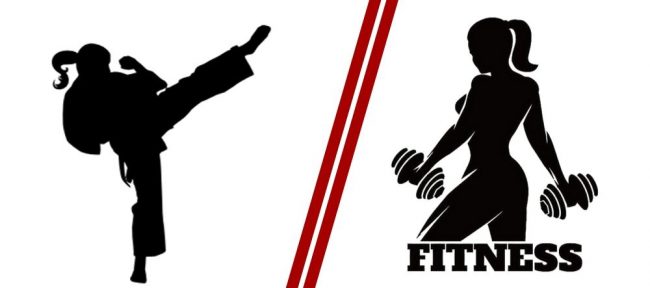
Learning martial arts for personal development
All martial arts require commitment, courage and mental strength. The striking styles emphasize courage, both in the attack and in the ability to withstand being attacked. The grappling and throwing styles emphasize commitment and perseverance, while the weapons-based styles tend to emphasize the need to “fight your opponent”, in other words to identify and exploit your opponent’s weaknesses.
The low-impact styles are also known as the “meditative” styles and they got that name for a reason. These styles traditionally place a huge emphasis on the importance of spiritual practices, which may or may not be something which appeals to you.
These days, as a rule of thumb, if you learn low-impact styles through a martial-arts club, then you will probably receive spiritual teachings. If you learn them through a regular fitness gym, then you probably won’t. That’s not a hard-and-fast rule, however, so if this is important to you (either way), then it’s a good idea to check (and remember you can always read about the spiritual elements of the practice outside class if you want to).
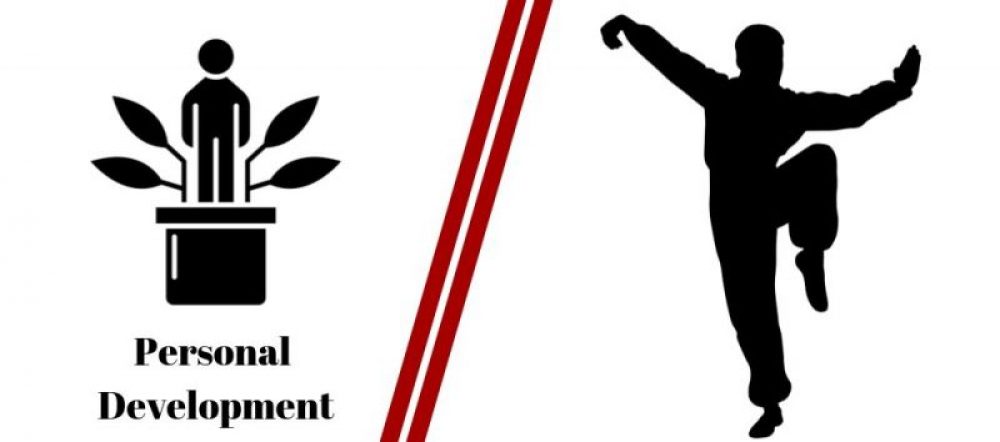
Learning martial arts for competition
To be perfectly blunt, if you’re serious about competing for money, then, at the current time, your best options are probably MMA, boxing and kickboxing or Muay Thai in that order.
MMA is what can get your into the Ultimate Fighting Championship, better known just as the UFC, where fighters can make eye-watering sums of money. Boxers can also earn big money and both kickboxing and Muay Thai are popular enough that participants can make a very decent living from their skills (and their popularity continues to grow).
If you’re interested in medals, then the martial arts currently represented in the Olympics are: boxing, judo, karate and taekwon-do. This can and does change, however, these sports also have substantial competitive scenes outside of the Olympics.
As a rule of thumb, there is a direct correlation between the popularity of a sport and its competitive scene so if you really want to make your mark in the ring look for a popular sport and/or one which is increasing in popularity.
Learning martial arts for career prospects
There are basically three ways you can turn a love of martial arts into a career.
One option is to look for a role in which combat skills are essential, or at least very useful. The military is possibly the most obvious option, there is also the police and then jobs in the security industry as a whole. If this is your plan, then you probably want to look at striking, grappling and throwing disciples, basically anything which is a good option for self-defence.
A second option is to work within your chosen sport, for example, to become a professional fighter or teacher or to provide some sort of service to participants. This could be anything from selling gear to creating content.
The best advice here is to put passion first and profit second. In other words, find a martial art which appeals to you for another reason, learn about it and then look for a way to turn your passion and learning into money.
For the most part, it’s irrelevant whether or not the sport has mainstream popularity. If it does, you may have a big potential market but you’ll probably find that there’s a lot of people already working in it. If it doesn’t, you’ll have fewer people interested in your products or services, but you’ll probably have less competition.
Last but by no means least, there’s the entertainment industry and there are two reasonable approaches to take here. If you want to be a performer, then it probably makes sense to stick to low-impact styles which have minimum injury risk and possibly to train for a striking style (especially capoeira) but stay well clear of actual fights.
If, however, you want a career as a stunt (wo)man, then you probably want to learn the hybrid and/or striking styles as they are the ones which are most likely to be in demand. You’ll have to use your own judgement as to whether or not to compete in actual fights. On the one hand, this may increase your credibility, but on the other it will also increase your chance of getting injured.
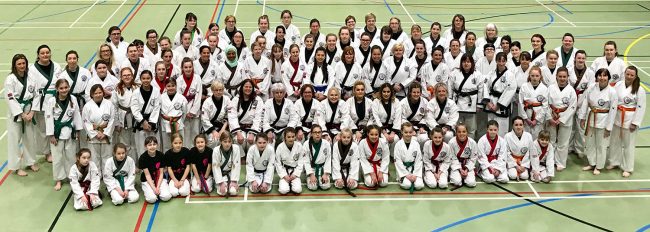
Conclusion
Like we said at the start of this article, martial arts really do have something for everyone of all ages, shapes and sizes. If you want to learn to be a ninja, then a grounding in martial arts is a must, but these days many people join martial arts clubs just for fitness, fun and friendship. They’re generally very sociable places where beginners are always welcome, so matter how nervous you feel when you first walk in, you’ll soon find yourself feeling right at home.


![How to Get Into Martial Arts – [Professional Guide]](https://fitnessauthority.co.uk/wp-content/uploads/thumbs_dir/How-to-Get-into-Basketball-omsp86hrcoaw163b0lv7pd2lk7eyggzcv4wbqzysl8.jpg)
![How to Get Into Martial Arts – [Professional Guide]](https://fitnessauthority.co.uk/wp-content/uploads/thumbs_dir/getting-into-cycling-13-omsozawmt05edqziurq25lpvl765rdqmb738kx4ncs.jpg)









